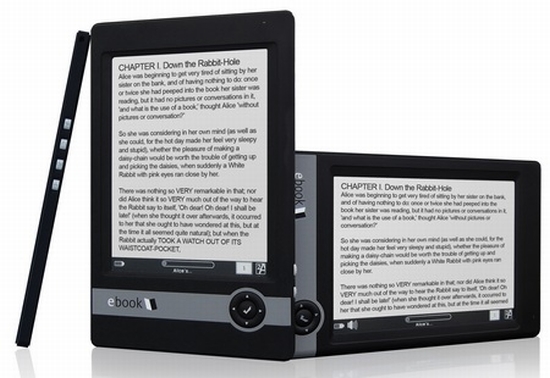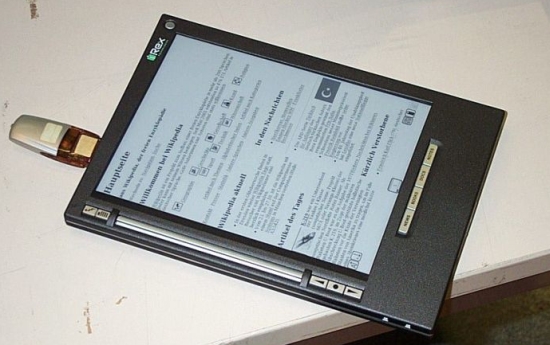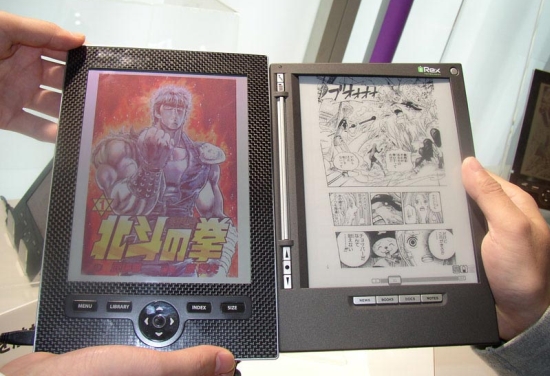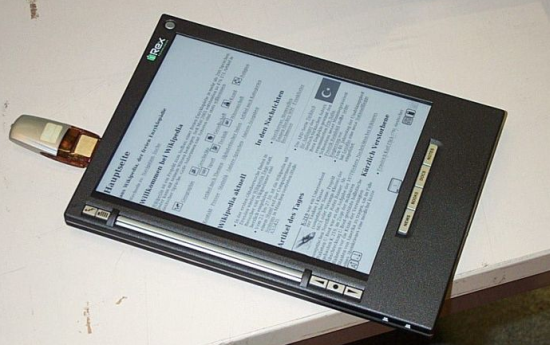
Electronic paper is emerging as a greener competitor to real paper. The e-paper has already started grabbing attention for its eco-friendly aspects. Creating a great impact with its green credentials, it will soon be accepted by the conventional paper market, consumer market, offices and the retail display sector.
Electronic paper
Electronic paper, also called e-paper or electronic ink display is a display technology designed to imitate the appearance of regular ink on paper. Unlike a conventional flat panel display, which uses a backlight to light up its pixels, electronic paper reflects light like ordinary paper and is capable of holding text and images for an indefinite period without drawing electricity, while allowing the image to be changed later.
Types of e-paper technologies and their working:
Electrophoretic e-paper is an information display that forms images by reorganizing charged pigment particles using electricity. Application of the current to the particles makes them move to the opposite electrode side. In order to change the image voltage is changed and the particles move to the other side, and this will change the color and eventually the images. Electrophoretic technology from E Ink is currently used in commercial devices such as the Amazon Kindle, Sony Librie reader and Plastic Logic’s e-newspaper.
Electrwetting is a technology based on organizing the shape of a detained water/oil interface by application of electric current. During the absence of current oil forms a flat film between the water and insulating coating of an electrode, resulting in a colored pixel. On application of voltage, the interfacial tension between the water and electrode changes and a partially transparent pixel is obtained. It is a low-power and low-voltage technology with good reflectivity and contrast. This technology produces full-colored high-brightness displays making the displays about four times brighter than reflective LCDs and twice as bright as other emerging technologies.

Electrofluidic technology places aqueous pigment dispersion inside a tiny reservoir, which hides pigment by compressing 5-10% of the visible pixel area. Electricity is used to pull out the pigment of the reservoir and spread it as a film behind the viewing substrate, resulting in formation of an image. Gamma Dynamics are currently commercializing the technology.
Cholesteric LCD, an LCD variant uses multiple layers of diverse color LCD crystals to generate the image.
Benefits of e-paper are the reason for its rising use:
Electronic paper benefits the environment by saving the trees, reducing the greenhouse gas emissions and prevents wastewater generation. It has very low power consumption that enhances its green credentials. E-paper also has the advantage of providing a parallel user practice to real paper display while being rewritable. Its thinness makes it portable, while its readability in bright sunlight gives a similar user experience to that of reading a paper display. One of the major reasons for e-papers popularity will be the continuous adoption of new technologies like touchscreen, wireless connection and rewritable color support capability into devices. Multiple e-book readers have also been introduced and applications of the technology are now growing beyond e-book readers to include device displays for phones, clocks and watches.
Barriers in its way to gain credibility:
Although e-paper is gaining, a great deal of popularity and is expected to be progressively adopted but it has some obstructions to overcome before gaining credibility. The shortcomings of e-paper are it has a limited content and existing color capabilities of e-paper displays are poor. It cannot handle moving images efficiently. The cost of e-paper is quite high, so a balance has to be created by lowering the cost and increasing quality.



